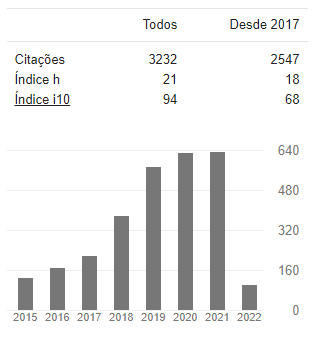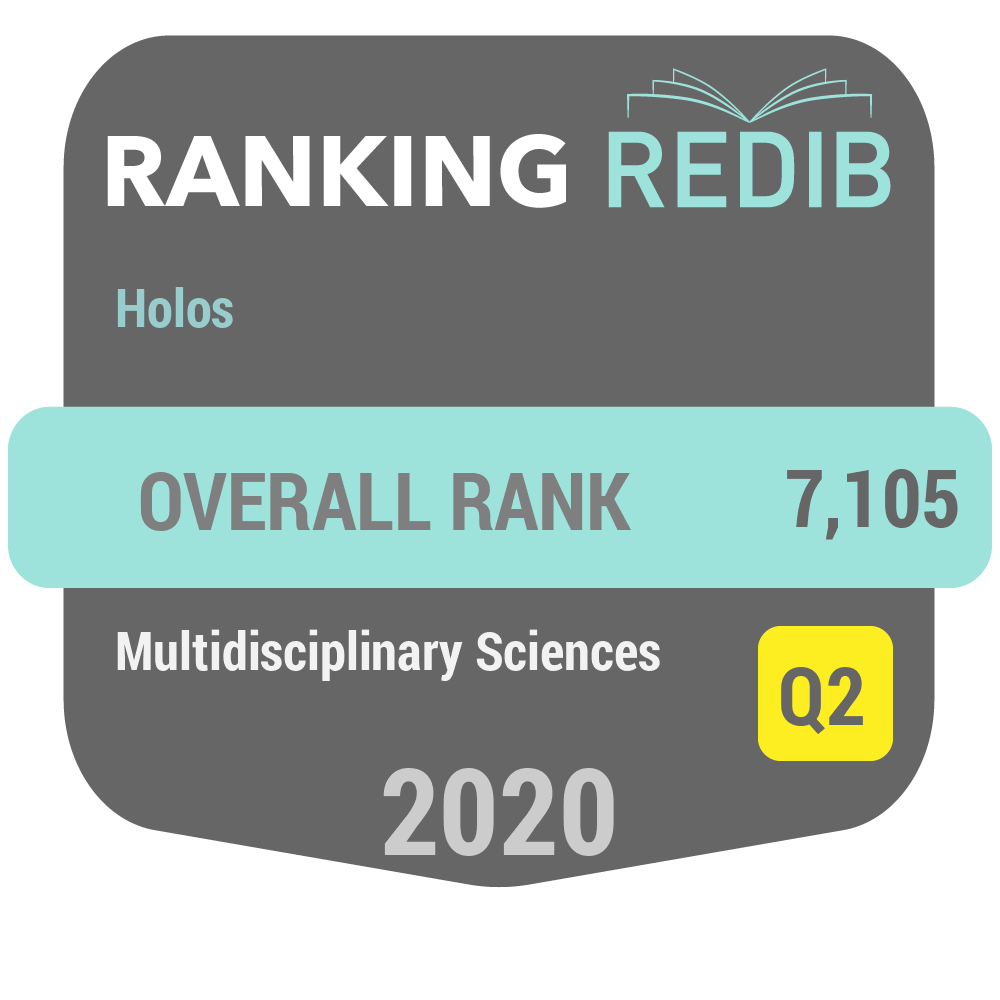Predicting the price index of Tehran Stock Exchange
DOI:
https://doi.org/10.15628/holos.2017.6062Keywords:
Long-Term Memory, Random Walk, Variance Ratio Test, Tehran Stock ExchangeAbstract
Today, pursuant to development of science and emerging of modern managerial techniques in economics and financial markets, one can hope to achieve more profits by small capitals but appropriate and timely decision making. Inter alia, stock exchange is one of the most prominent markets in which management of capital and decision-making method are crucially important. The stock exchange index may be assumed as one of the objective manifestations of the macro financial status in a community. Due to fluctuation of prices, investment in stock exchange is followed by high risk. Thus, prediction of behavior of stock exchange is a very difficult task. Hence, it necessitates for adaption of quantitative techniques in financial knowledge. Overall, this first question which should be responded regarding prediction of time series is that whether the studied time series are predictable or not. It is because of this fact if the given time series includes random trend then it can be expected that all of the existing techniques and models concerning prediction of the time series fail to propose appropriate and ideal results. By employing Rescaled Range (R/S) analysis for review on structure of time series and also Variance Ratio Test for testing Random Walk theory in this study, predictability of monthly values of Tehran Exchange Price Index (TEPIX) is examined. The results of R/S analysis and variance ratio test indicate the presence of positive correlation (long-term memory) and non-random monthly values of time series for price index, respectively.
Downloads
References
Afshari, H. (2003). “Structural analysis on predictability of stock price TEPIX”, Journal of the Accounting and Auditing Review, 10(32), 103-126.
Costa, R. L., & Vasconcelos, G. L. (2003). “Long-range correlations and nonstationarity in the Brazilian stock market”. Physica A, (329), 231?248.
Erfani, A. (2008). “Long-memory of Tehran Securities price index”. Quarterly Journal of Executive Management, 8(28), 77-92.
Greene, M., & Fielitz, B. (1977). “Long Term Dependence in Common Stock Returns”. Journal of Financial Economics, 5(4), 339- 349.
Kim, K., & Yoon, S. (2004). “Multifractal features of financial markets”. Physica A, (344), 272?278.
Moshiri, S. (2002). “A review on chaos and its applications in economics”. Iranian Journal of Economic Research, 4(12), 29-68.
Morovat, H. (2012). “Testing Fractal Market Hypothesis (FMH) in Tehran Stock”. Quarterly Journal of Securities Exchange, 5(19), 5-25.
Namazi, M., & Kiamehr, M. M. (2007). “Predicting Daily Stock Returns of Companies listed in Tehran Stock Exchange Using Artificial Neural Networks”. Journal of Financial Research, 9(24), 115-134.
Nikoomaram, H., Saeedi, A., & Anbarestani, M. (2011). “Analysis on long term memory in Tehran stock exchange”. Quarterly of Financial Engineering and Portfolio Management, 3(9), 47-63.
Norouzzadeh, P., & Jafari, G. R. (2005). “Application of multifractal measures to Teheran price index”. Physica A, (356), 609?627.
Olan, T. H. (2002). “Long memory in stock returns: some international evidence”. Applied Financial Economics, 725-729.
Onali, E., & Goddard, J. (2011). “Are European equity markets efficient? New evidence from fractal analysis”. International Review of Financial Analysis, 20, 59-67.
Peters, E. (1994). Fractal Market Analysis: Applying Chaos Theory to Investment and Economics, John Wiley & Sons, New York.
Qian, B., & Rasheed, K. (2004). “Hurst Exponent and Financial Market Predictability”. Paper Presented at The LASTED conference on Financial Engineering and Applications (FEA 2004), 203-209.
Squalli, Jay. (2005). “Are the UAE Financial Markets Efficient?”. www.zu.ac.ae/epru.









































